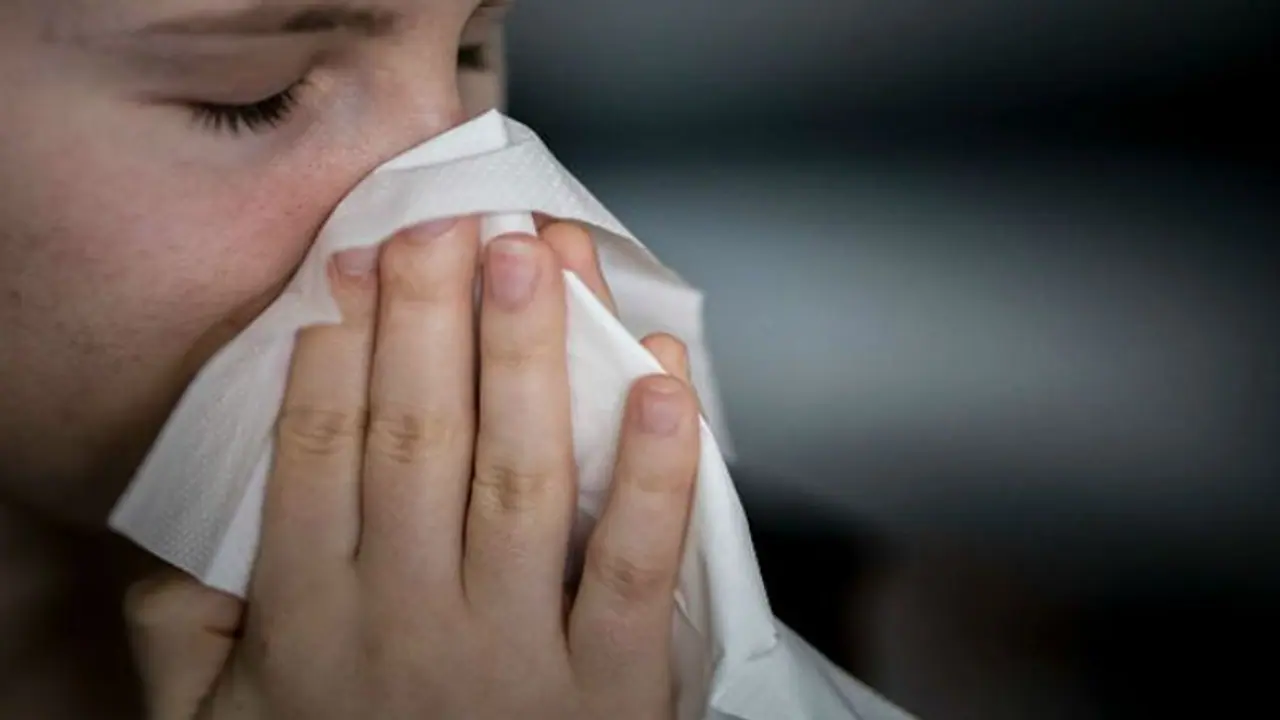SARI patients who are hospitalised with influenza A H3N2, about 92% reported fever, 86% cough, 27% breathlessness and 16% wheezing. Meanwhile, another 16% had clinical signs of pneumonia and 6% seizures.
The influenza-like illnesses are seeing an uptick in India. While all are not the old seasonal flu or Covid-19 pandemic, the major contributory virus this season is influenza A H3N2. About half of all inpatients admitted for Severe Acute Respiratory Infections (SARI), as well as outpatients being treated for influenza-like illness are found to have influenza A H3N2.

How serious is it?
SARI patients who are hospitalised with influenza A H3N2, about 92% reported fever, 86% cough, 27% breathlessness and 16% wheezing. Meanwhile, another 16% had clinical signs of pneumonia and 6% seizures. Ten percent of SARI patients, having H3N2 needed oxygen support while 7% required ICU care.
Also read: Karnataka govt calls meeting with experts to discuss Influenza A subtype H3N2; check details
What's H3N2 influenza?
A persistent cough, sometimes accompanied by fever, running through India for the past two-three months is due to Influenza A subtype H3N2. The H3N2, which has been in wide circulation for the past two-three months, causes more hospitalisations than other subtypes, said Indian Council of Medical Research (ICMR).
They have also suggested a list of Dos and Don'ts for people to follow to protect themselves from contracting the virus. The Indian Medical Association (IMA), on the other hand, has advised against indiscriminate use of antibiotics amid rising cases of cough, cold and nausea across the country.
Also read: Influenza A subtype causing high fever, cough; ICMR suggests a list of Dos, Don'ts
Seasonal fever will last five to seven days, it said. The fever goes away at the end of three days but the cough can persist for up to three weeks, the IMA's Standing Committee for Anti-Microbial Resistance said.
Viral cases have also surged due to air pollution, it said, adding that it mostly occurs in people aged below 15 and above 50 and causes upper respiratory infections along with fever. The association also asked doctors to prescribe only symptomatic treatment and not antibiotics.
The most misused antibiotics are Amoxicillin, Norfloxacin, Oprofloxacin, Ofloxacin and Levofloxacin. "These are being used for the treatment of diarrhea and UTI," it said.
